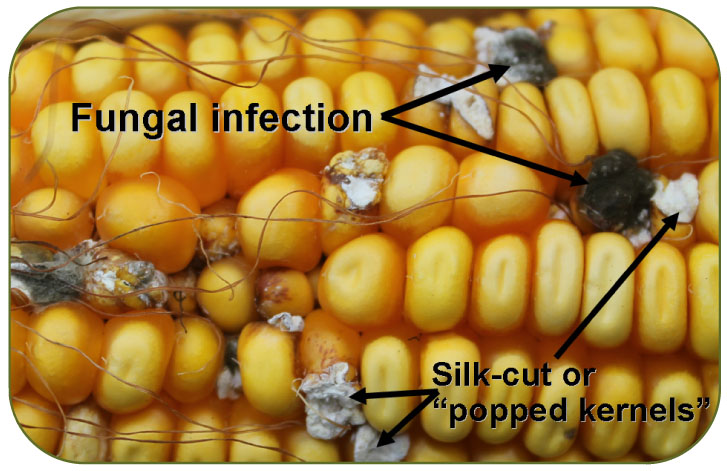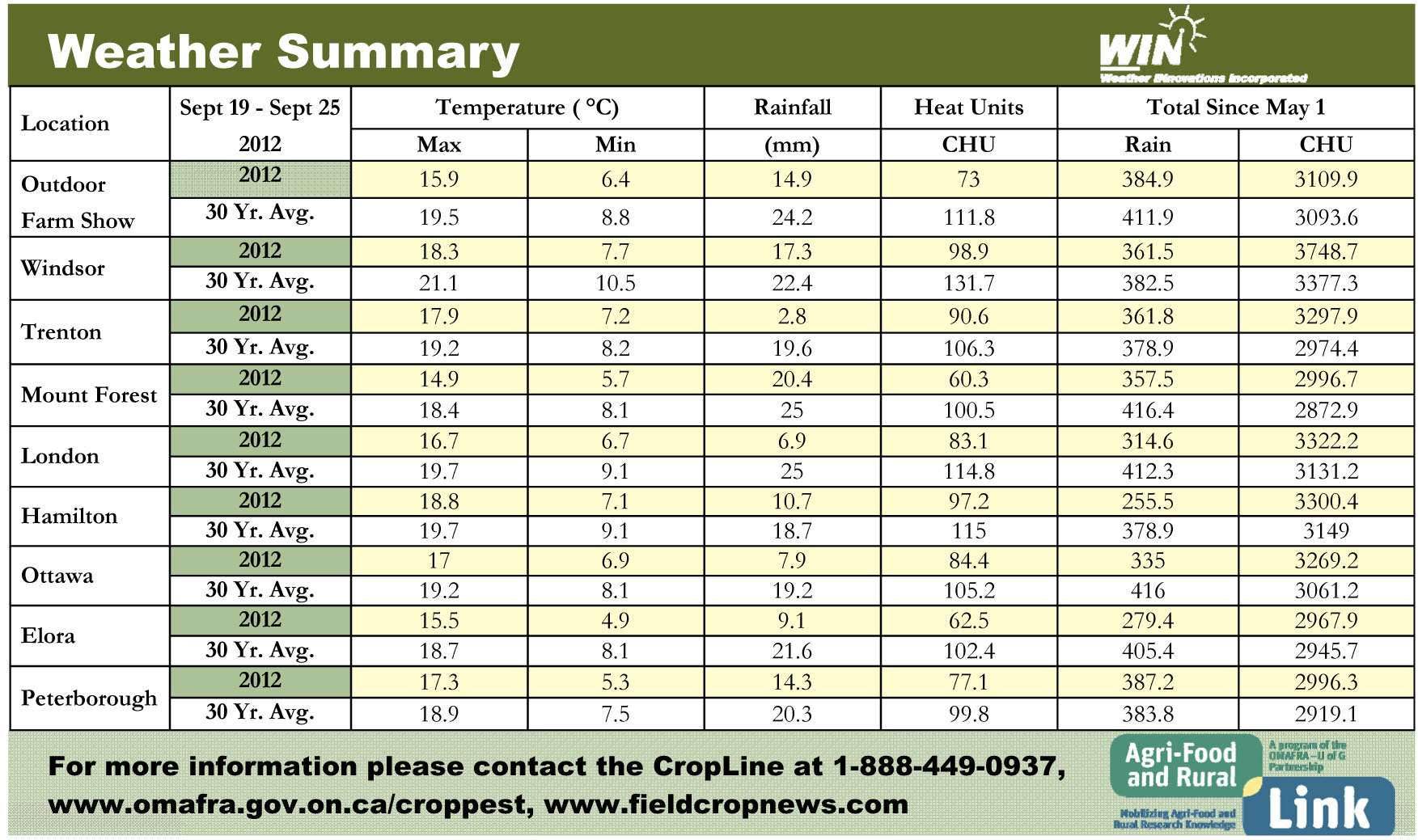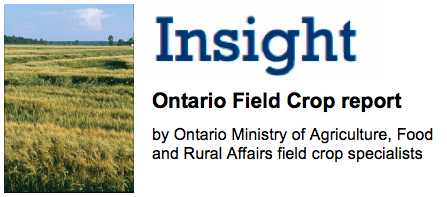Forages & Pastures: Jack Kyle / Joel Bagg
With reduced forage inventories, it is very tempting to cut some alfalfa this fall. The immediate need for forage should be weighed against the increased risk of alfalfa winterkill. Not cutting during the 6week Critical Fall Harvest Period preceeding killing frost allows alfalfa plants to re-grow and build up sufficient root reserves to survive the winter and grow more aggressively in the spring. Cutting in the middle of this period is higher risk than cutting at the beginning or end. If fall harvest must be done, risk of winterkill can be reduced, but not eliminated, by cutting towards the end of alfalfa growth, close to a killing frost. This allows ample time for growth to build up root reserve before cutting. When cut close to a killing frost, only a small amount of root reserves will be used for regrowth. Sufficient top growth is required to hold snow that helps insulate overwintering crowns against cold temperature damage and frost heaving. Leaving 6 inches of stubble will help trap snow to insulate the alfalfa crowns during cold weather. Stubble will also protrude through winter ice sheeting, should that occur. After a killing frost, alfalfa feed value declines, as leaf loss occurs and rain leaches nutrients quickly http://fieldcropnews.com/?p=5098 . Double cropping fall rye or winter triticale can provide an excellent, cheap source of additional forage to rebuild forage supplies.
Farmers can plant fall rye following early-fall harvested crops, such as corn silage. Forage rye harvested as haylage in mid-May can be followed by a later planted crop, such as soybeans, edible beans, or a warm-season annual forage such as sorghum. Timely cutting is critical to meet high quality forage requirements. Target harvesting forage rye at the flag-leaf or early-boot stage for high nutrient quality. Quality, palatability, and intake decline very quickly so the optimum harvest window is very narrow http://fieldcropnews.com/?p=5241 .
Pastures across the province have responded to the rainfall over the past month. Fall growth has been reasonable in most areas. The best fall growth is found in pastures that have been managed with a multi paddock rotational system and given ample time to “rest and recover” from grazing. Allowing the plants to maintain a strong root system enables reasonable growth. Where possible give pastures an opportunity to grow and improve the plant vigor in preparation for late fall grazing and to develop strong root systems ready for winter.
Corn: Greg Stewart
In some areas of Ontario the dry weather or irregular rainfall has caused kernels to be damaged by what is described as kernel popping or silk-cut injury (see photo).  The cause is generally believed to be a period of dry weather followed by increased rainfall and rapid growth before the kernel is mature. The surge of starch into the kernel causes the seed coat to crack open. The term silk-cut refers to the possibility of the silk itself or the attachment point of the silk causing contributing to the seed coat failure. The damaged kernels are predisposed to fungal infection and potential mycotoxin production. Growers may want to prioritize affected fields for earlier harvest.
The cause is generally believed to be a period of dry weather followed by increased rainfall and rapid growth before the kernel is mature. The surge of starch into the kernel causes the seed coat to crack open. The term silk-cut refers to the possibility of the silk itself or the attachment point of the silk causing contributing to the seed coat failure. The damaged kernels are predisposed to fungal infection and potential mycotoxin production. Growers may want to prioritize affected fields for earlier harvest.
Edible Beans: Brian Hall
Harvest of white beans is over 50% complete. Yields have varied widely with planting date and seasonal rainfall. Yields are often higher than expected with 18-30+ cwt/ac common. Quality of all classes has been good. Harvest of adzuki and kidney beans is just starting with average to above average yields. Cool and cloudy weather has slowed the speed with which desiccation is occurring with glyphosate plus Aim herbicide. Glyphosate is not a desiccant and is best used for perennial weed control. Staging of fields requiring a pre-harvest herbicide application should take into consideration green immature areas of the field to avoid quality issues. The other option is to treat and harvest green immature areas of a field separately. Scout fields for nightshade, and pokeweed that can cause serious seed staining and downgrading. Coloured bean seed should have reached the desired colour before applying glyphosate treatment.
Cereals: Peter Johnson / Scott Banks
Poor residue spread patterns and frequent precipitation makes it challenging to maintaining good soil conditions. Good wheat starts at the combine with proper residue spread! Plant wheat immediately following the combine to prevent the next shower from creating mud underneath residue. Where wet soil conditions continue to hamper wheat planting, a single pass with a vertical tillage unit will help. Fall weed control ahead of wheat is imperative. Glyphosate is the base, and will control dandelions and many other perennial weeds. For wild carrot, add Refine. For glyphosate resistant fleabane, add Eragon. For Roundup Ready volunteer canola, add bromoxynil-MCPA (canola rarely reduces yield, control is optional). If wheat emerges before glyphosate burndowns can be applied, bromoxynil-MCPA, Refine bromoxynil and Infinity are all registered for in crop fall application. For chickweed problem fields, Refine offers residual control even into next spring.




